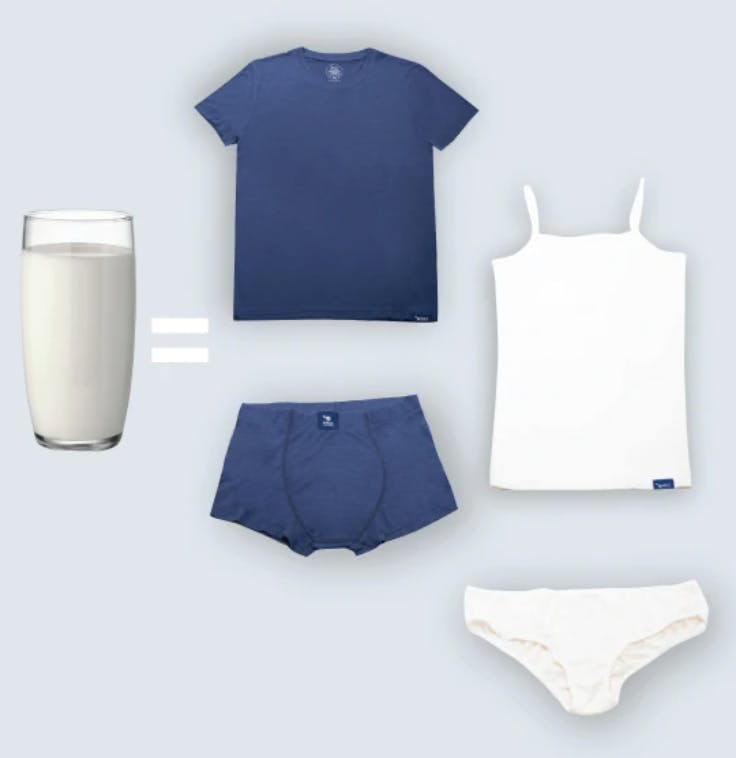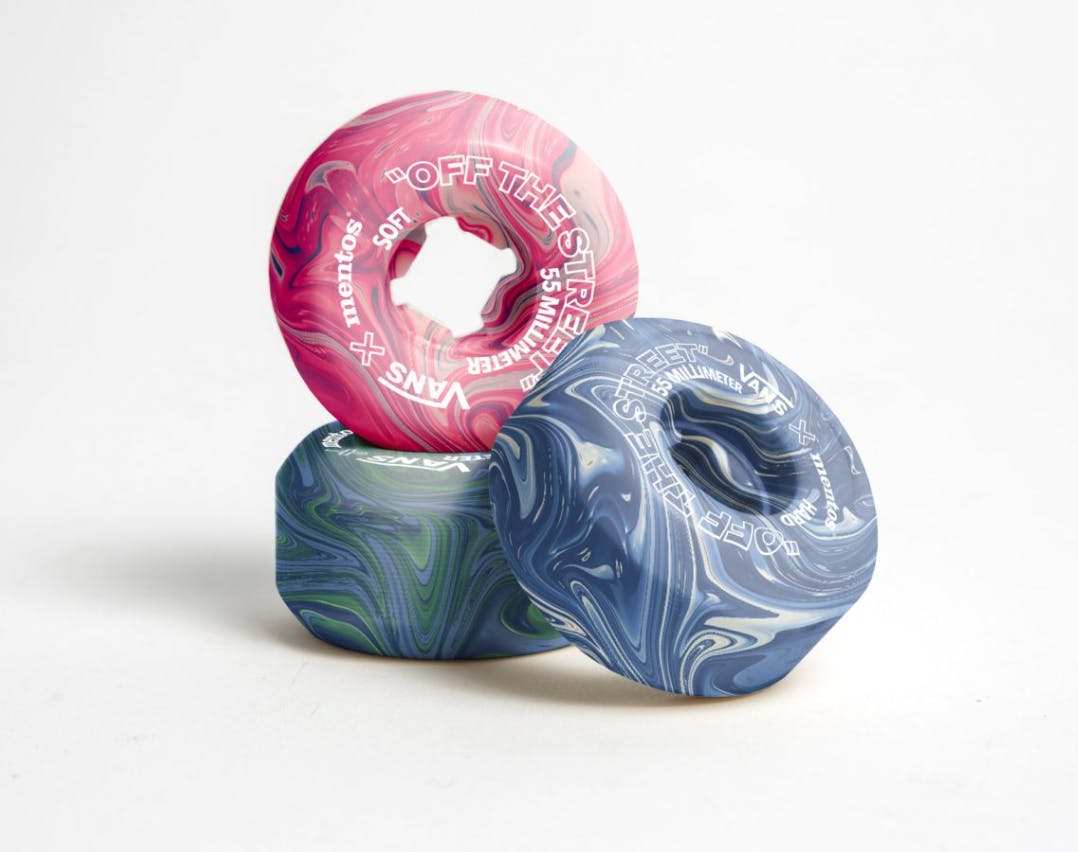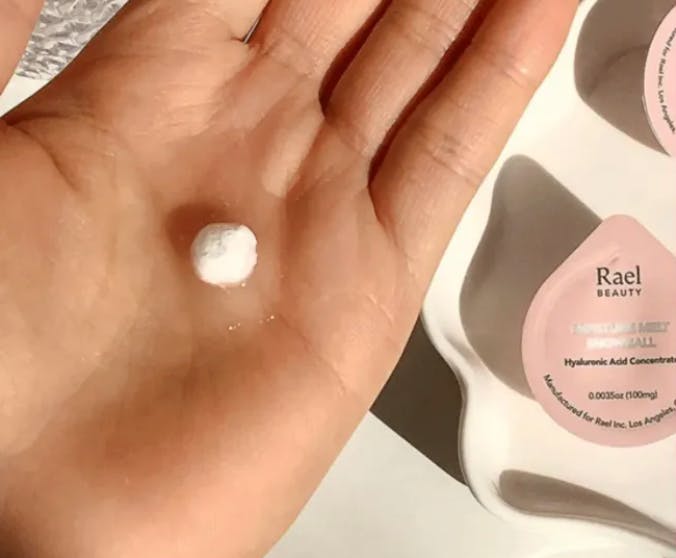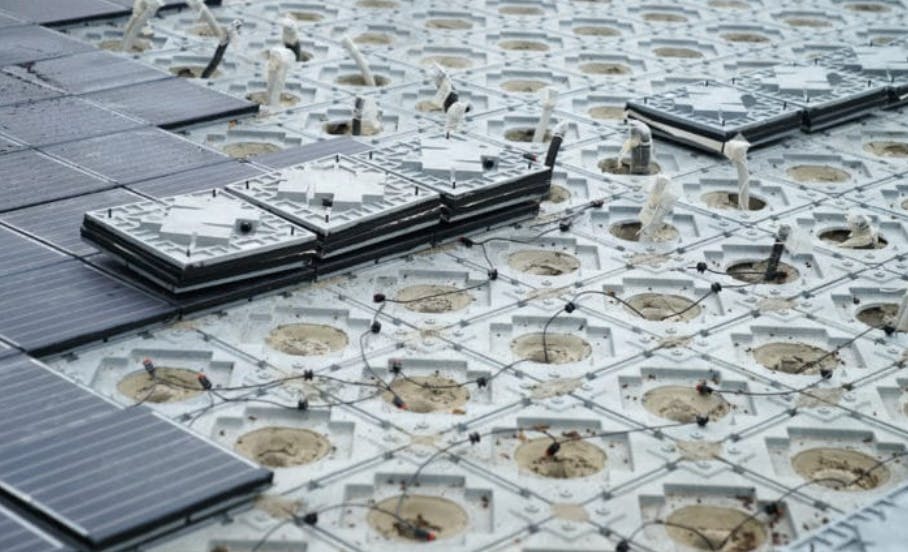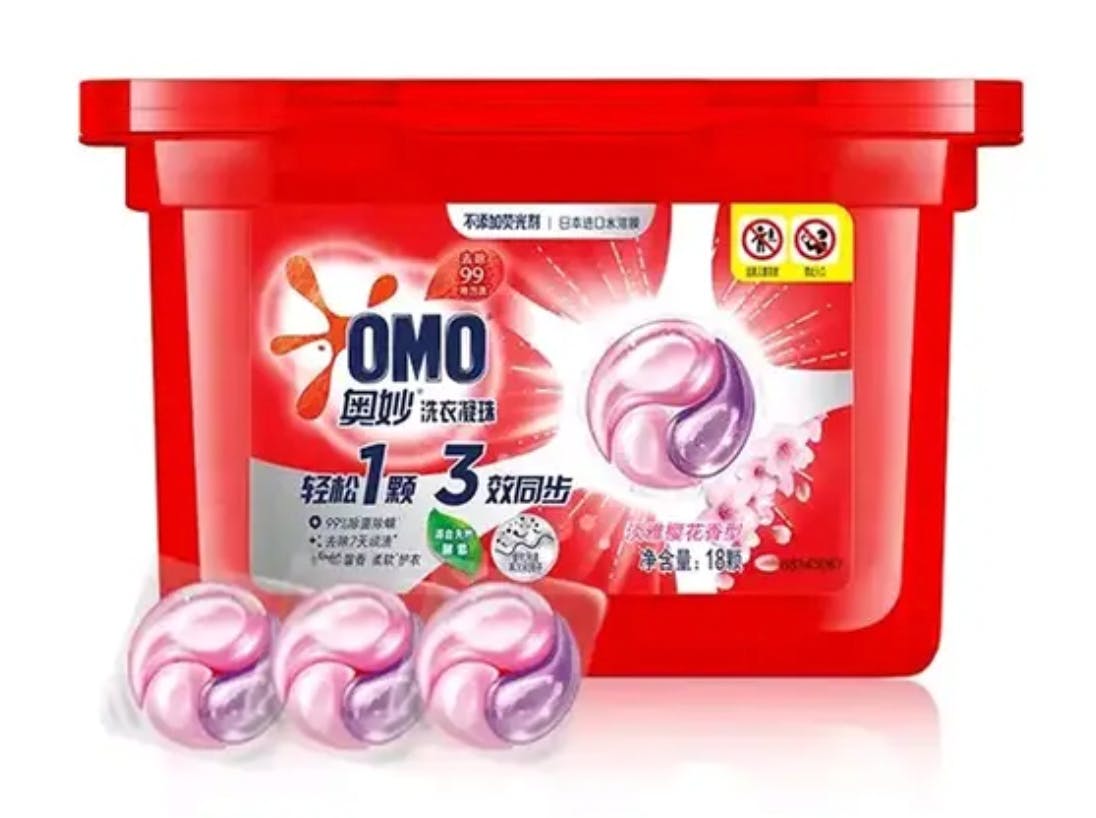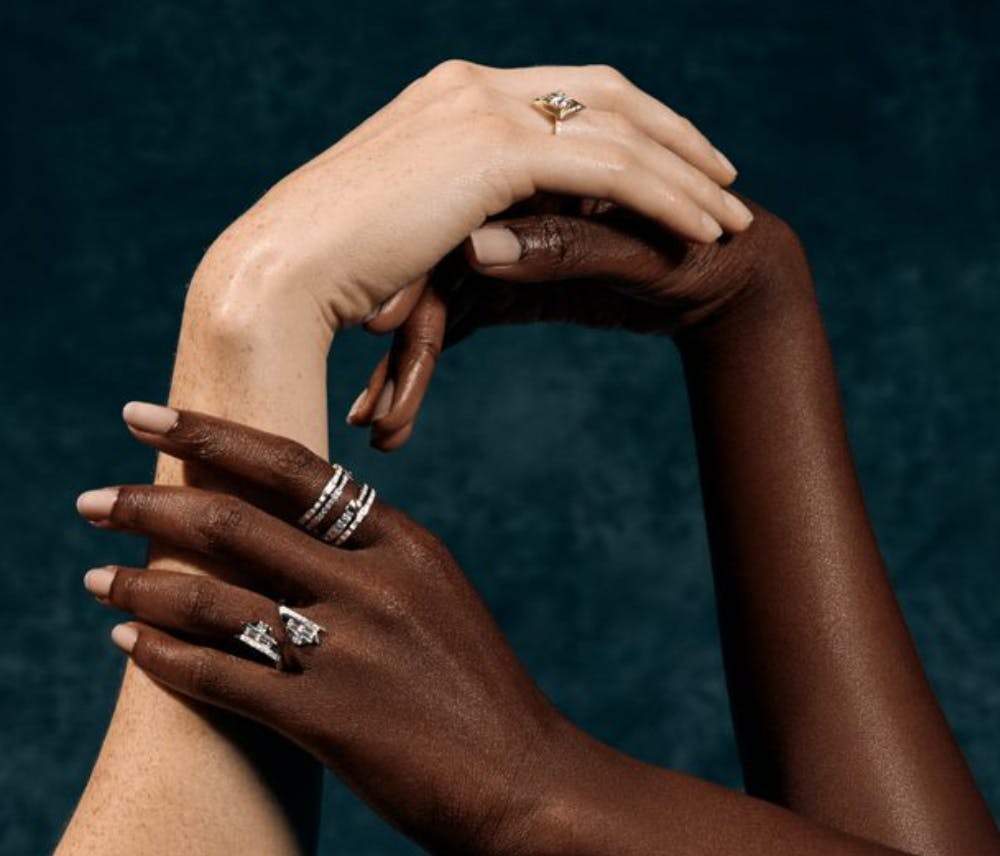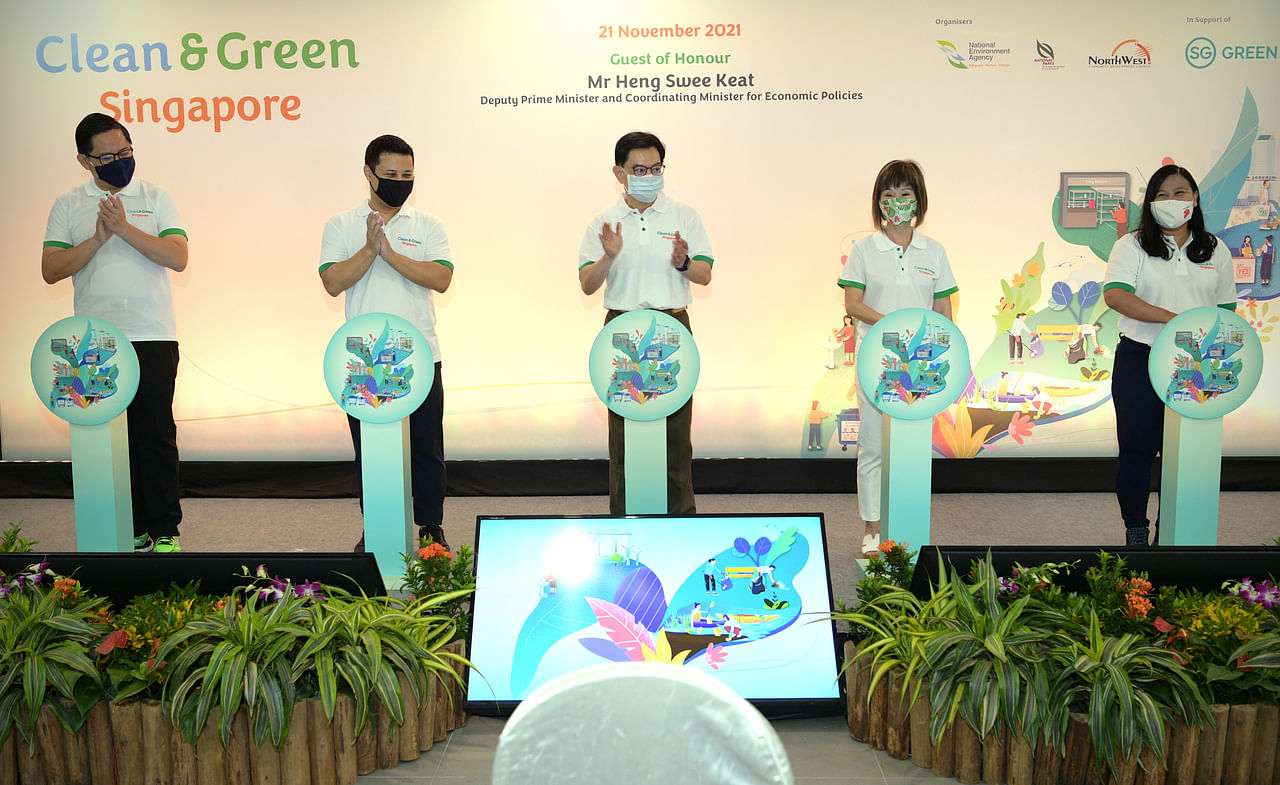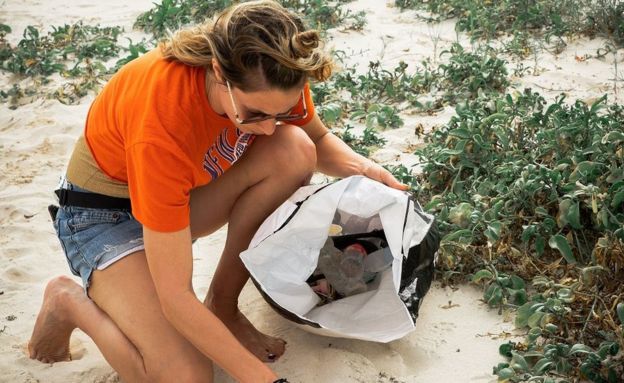
Did you know that of the 8 billion tons of plastic ever made, every single piece still exists?
(AAAS & Center for Biological Diversity)
Really take this in for a second….
Think about every toothbrush, every plastic razor, plastic bag or “disposable” water bottle, every straw, plastic cup…every shampoo bottle you’ve ever used. Every. Single. One. Now consider that with an estimated lifetime of at least 450 years, plastic will outlive you as well as your great-great-great-great-grandchildren. At worst case – it will NEVER go away. As both the human population and plastic production continue to increase, we are all living now in our own plastic waste.
If anything can attest to the issue of plastics – it is Earth’s oceans. It is estimated that the ocean contains 5.25 trillion pieces of plastic while 99.9% of floating marine debris is plastic. Much of this plastic is found in ocean gyres, massive surface currents that circulate in each of Earth’s major oceans. Plastic gets funneled into theses currents where it collects, forming what scientists refer to as trash islands. Currently, each ocean gyre contains its own island of trash.

While these plastic patches of marine debris are called garbage islands, this name can be misleading. The term may conjure mental images of large floating structures, yet much plastic exists as nurdles, microplastics less than 5mm inches in size. Nurdles form through photochemical reactions with sunlight, a process commonly referred to as dry rot and can be further broken down by wind and wave action. Other plastics begin small, such as the microbeads found in many cosmetic items or plastic fibers found in our clothing and textiles. These tiny plastics create what is commonly referred to as “plastic soup,” however larger plastics are found in the gyres as well including plastic containers, bottles, lids, rope, packaging, and discarded fishing equipment.
Perhaps the best known of these gyres is the Great Pacific Garbage Patch, currently measuring in at twice the size of Texas. Like all plastic islands, the Pacific Garbage Patch is growing. Recent findings suggest that Pacific plastic pollution is 16 times higher than previously reported and based on data collected by boats or air, is estimated to weigh a total of 80,000 tonnes. As plastics revolve around the Pacific trash vortex, they entangle marine organisms or are consumed by them.
Plastic islands are only one observable aspect of ocean pollution, yet no square mile of ocean is free of plastic. It is estimated that of all the ocean plastic, only 30% is found at the surface while the rest sinks to the ocean depths.

For animals that live in the ocean, these plastics are often detrimental. Because plastics don’t break down, they remain intact in the bellies of the animals that consume them — leading to malnutrition and eventually starvation. Plastic is the cause of death to one million seabirds worldwide while another 100,000 marine animals die due to starvation or entanglement in ocean plastics.
Regardless of your proximity to the sea, ocean plastics affect us all. The ocean plays a vital role in the transport of heat and nutrients, controlling Earth’s climate and supporting our planet’s largest and most diverse ecosystems. Ocean plankton produces 70% of Earth’s oxygen while nearly 3 billion people worldwide – almost half of the global population, rely on seafood for their primary source of protein. Furthermore, 10% of people globally rely on healthy fisheries for their livelihoods while the oceans contribute an estimated U$D1.5 trillion annually to the world’s economy. The oceans are also a vital carbon sink, removing carbon dioxide from the atmosphere to reduce the impacts of global climate change. Despite the oceans’ importance, plastic is projected to outweigh the fish in the ocean by 2050.
Ocean plastic should be of particular concern to those of us who enjoy seafood. Microplastics or plastic fibers are often consumed by fish or shellfish before working their way up the food chain. Scientists who study plastic pollution in shellfish claim “when you eat clams and oysters, you’re eating plastics as well” while several fish species are also expected to contain plastics. Plastic releases numerous toxins such as bisphenol-A and phthalates, compounds are known to cause cancers and birth defects, impair immunity, and disrupt our bodies’ endocrine system. Not only are plastics themselves harmful, but they also act like a sponge to ocean pollutants. Toxic metals, detergents, pesticides, and other marine pollutants have also been found adsorbed on ocean plastics.

Ocean plastics are expected to increase up to 3 times their current amount by 2050 and while these projections sound stark, there are several things we can all do in order to reduce the issue. Most ocean plastic, an estimated 80%, originates on land. As land-dwellers, we all must do our best to decrease the amount of plastic entering our oceans. This can be accomplished through recycling or better yet, just simply buying less plastic.
Reducing your plastic use can sound a tad overwhelming, but I am here to assure you that it is not only is it possible but relatively easy once in the habit! Plastic is everywhere, consciously acknowledging this fact is half the battle. Once you become aware of your plastic use, it is much easier to decrease it. Think about the plastic products you use on a normal basis and how you could use less.
When cutting plastic consumption, start by reducing your use of single-use plastics. Single-use plastics are exactly what they sound like – plastics that are used only once then discarded. Water bottles, straws, plastic bags, coffee cups, and plastic silverware are typical culprits, though nearly half of all plastic produced each year is considered “disposable”. Thankfully, you can easily purchase sustainable products to replace these single-use plastics. Considering the fact that the average plastic is typically only 12 minutes or that one million water bottles sold every minute, replacing these items with reusables can make a massive difference. You can even buy reusable straws or silverware to prevent any unwanted single-use plastics. Joining groups like the Plastic Pollution Coalition, the Green Education Foundation, or Plastic Free July can help to further educate and inspire on your path towards less plastic.

The fishing industry also plays a massive role in ocean plastics, and scientists were surprised to discover that, by weight, 46% of the plastics found in the Pacific Garbage Patch exist as or originate from discarded fishing gear. Fishing gear is especially dangerous because it is specifically designed to capture and kill marine organisms. To prevent the loss of fishing gear, a detrimental practice known as ghost fishing, support sustainable fisheries. Seafood Watch, an organization of The Monterey Bay Aquarium has compiled a list of sustainable seafood species and partners, which can be found here. Divers can also play a role by joining ghost fishing removal groups, like the Ghost Fishing Foundation.
So, what can you do to help? If you would like to contribute financially, our oceans would greatly appreciate it. We would recommend supporting Boyan Slat’s Ocean Cleanup. Boyan is the Elon Musk of marine sustainability. Since 18 years of age, he has gone to battle with the largest collection of ocean plastics on planet Earth: the Great Pacific Garbage patch. If you do not believe in the effectiveness of the NGO charity model (which is a belief that has valid points) – there are plenty of for-profit organizations that are saving the planet as a by-product of their business operations. The Brothers of iDiveblue like the concept behind 4Ocean– but if you have your doubts, we have written a review of the 4Ocean Initiative.
However, money is not the be-all and end-all. Many people want to help save our oceans but feel despondent because they just don’t have the money to donate. You can make a difference without money! How are you using Tupperware and shopping bags? What straws do you use? Do we even need straws? And what about your voice?
Perhaps one of the best things we can do is lead by example and educate others about the plastic problem. Many are unaware of the detrimental impacts of single-use plastics and have genuinely never considered it. Educate your friends and loved ones and don’t allow yourself to become discouraged! Every small step makes a difference. If we can all find one change to make it will have a serious impact on ocean plastics.
Plastic today is a serious but solvable issue. Plastic has been detected in hundreds of food items, sea salt, beer, and in both bottled and tap water. Toxins from these plastics have been found in our blood, and even breast milk. Not only do these plastics harm us, but they also continue to have a detrimental effect on marine organisms and one of our greatest resources — the sea. Furthermore, plastics are typically made from oil, a nonrenewable resource whose extraction is detrimental to the environment. Currently, 8% of all oil is used for plastics and this number is expected to reach 20% by 2050. Plastics degrade our environment, consume valuable fossil fuels, and impact our health, but through personal action to reduce plastic use and educate others about the harmful consequences of plastics, we can all work towards a healthier and sustainable future.

We always speak about ‘They’. They need to do something about the plastic problem. They need to stop overfishing. What They are doing to our oceans is simply unacceptable. But who are They?
The government? The government is an administrative body elected by the people. The government exists only to serve out the needs of those people. They is in fact our society, a collection of individuals. You are one of those individuals, and so am I. There is no They, there is only We, and We are all part of the problem. However, We can choose to be part of the solution instead. Sure, sometimes it feels like one individual has such a small chance of creating meaningful change – so why bother. But remember, if everyone had that mindset, there is 100% chance that nothing will change.
We only have one Earth. We can make a difference.
You have a Part to Play – join us in our fight against the Ecological Disaster of our Age.
By Laura Foley
Source: IDIVEBLUE



